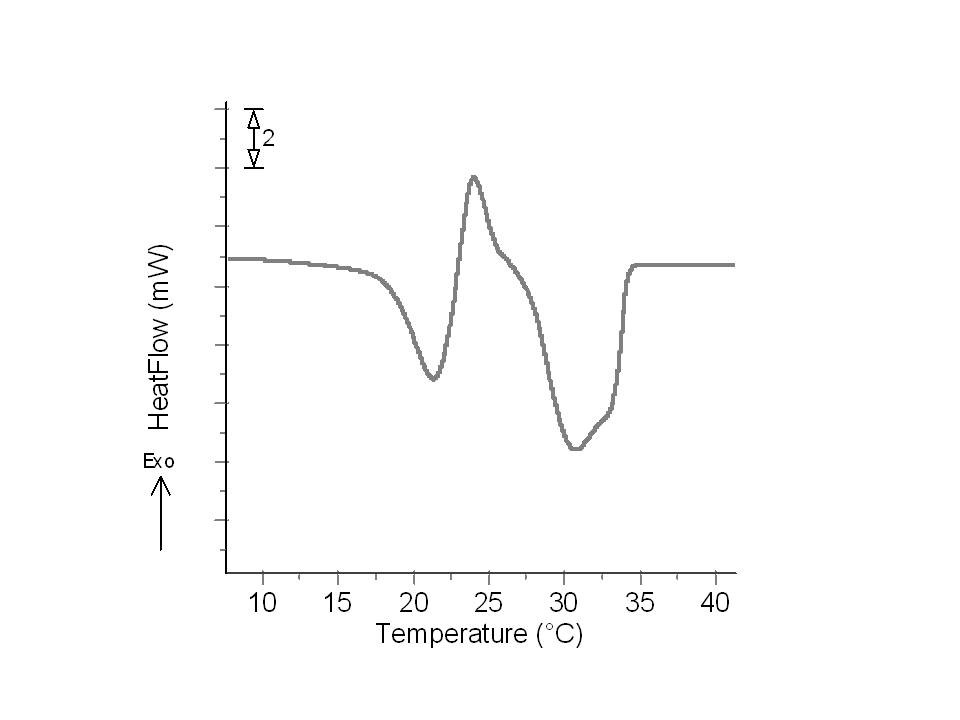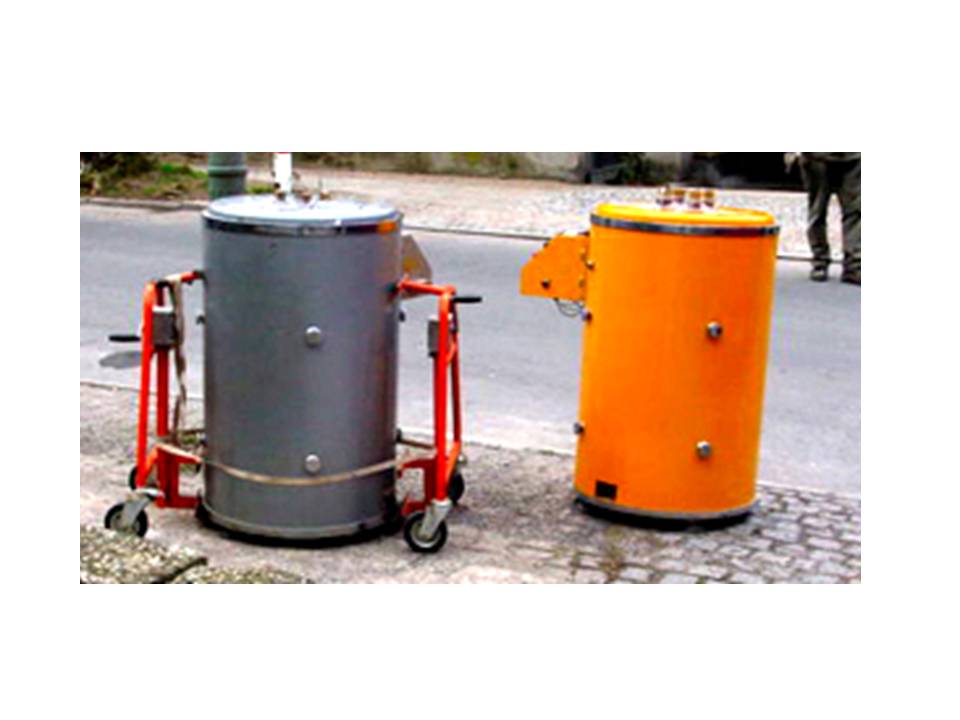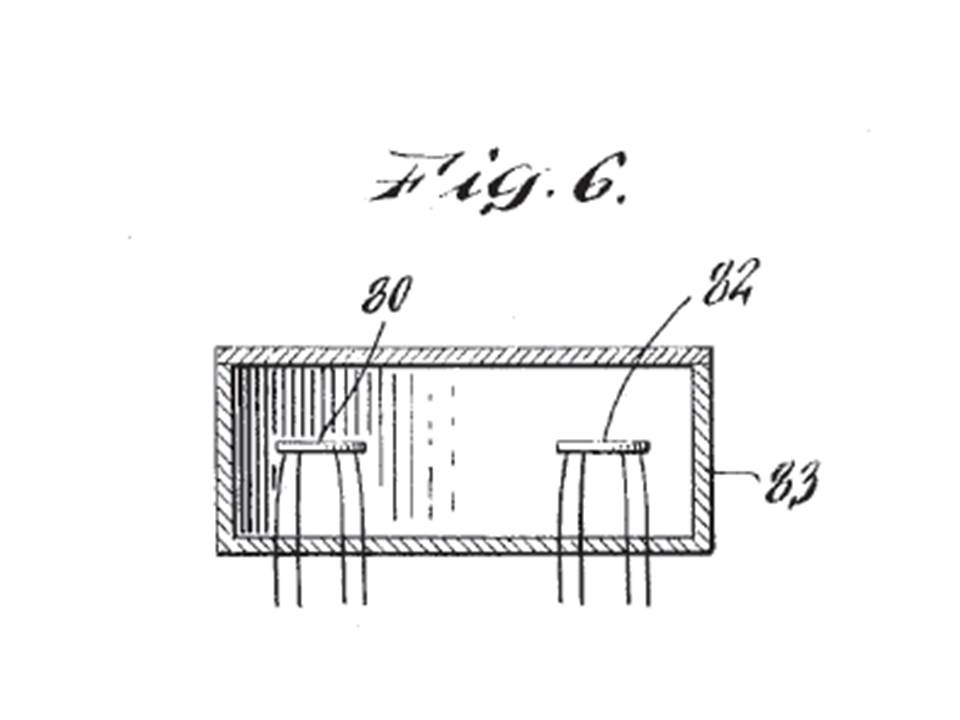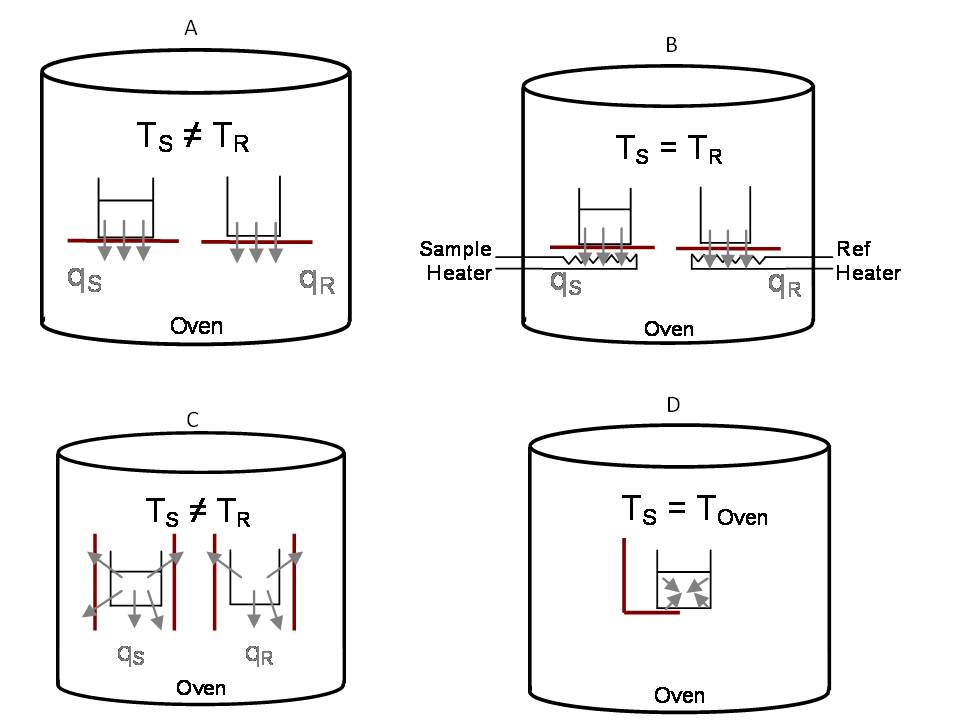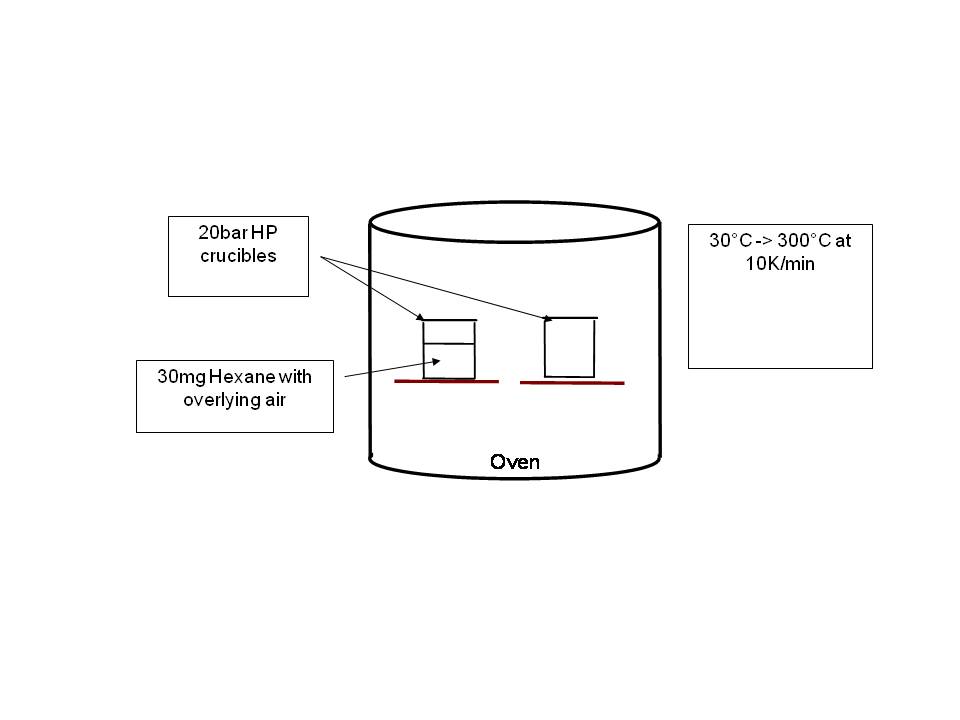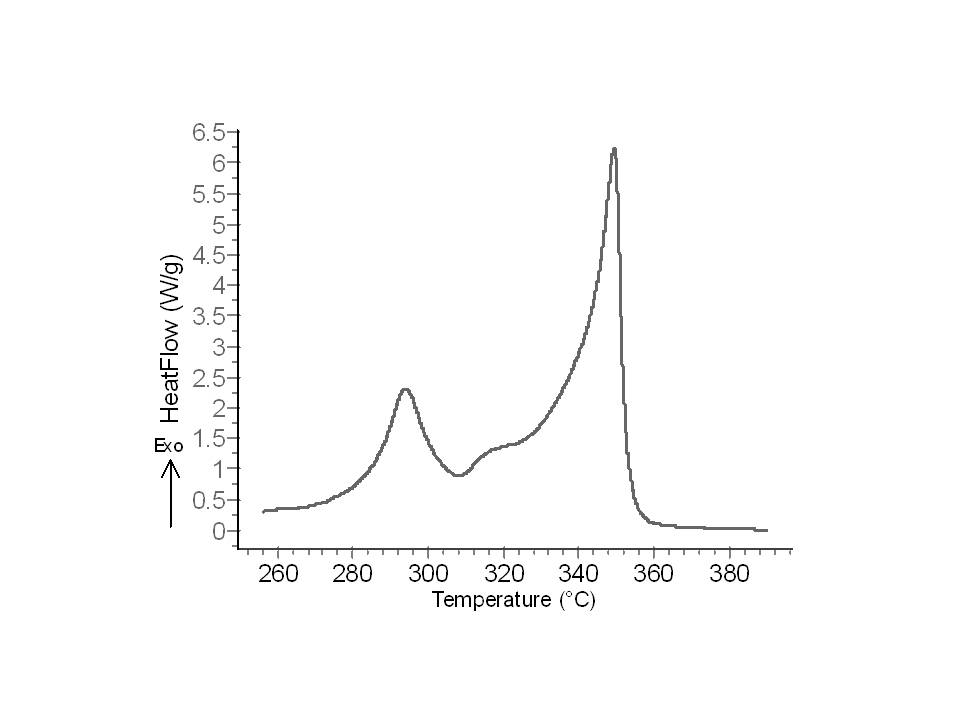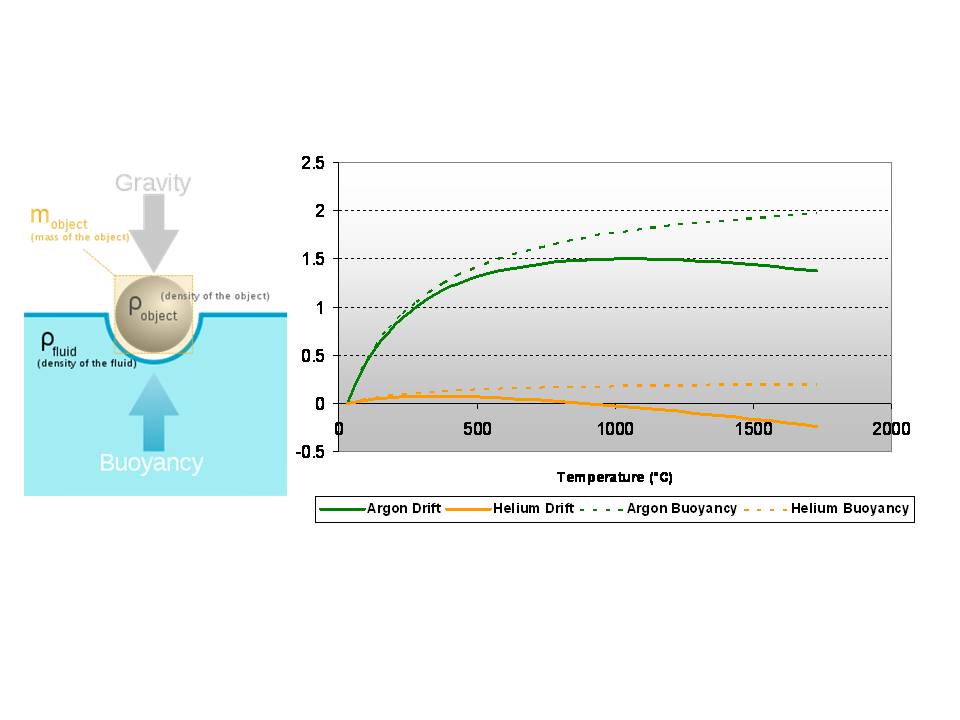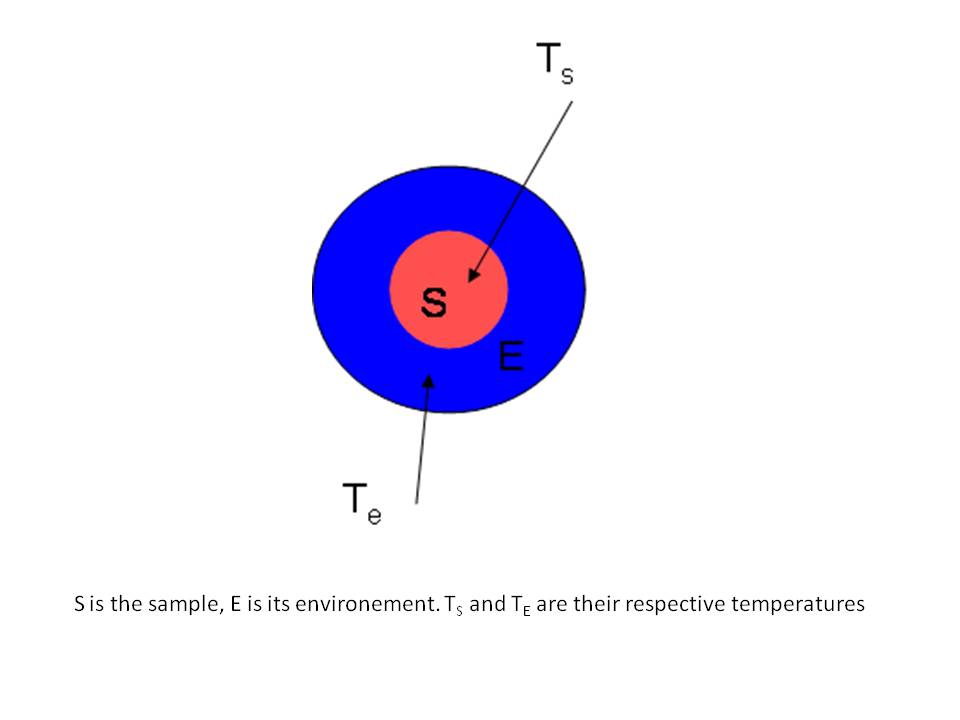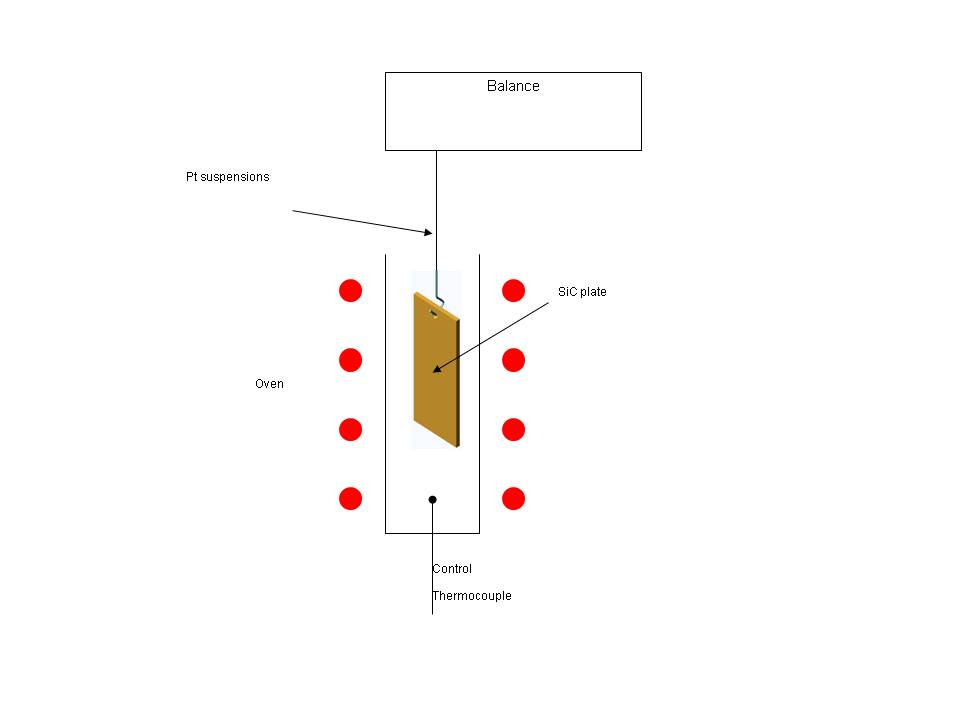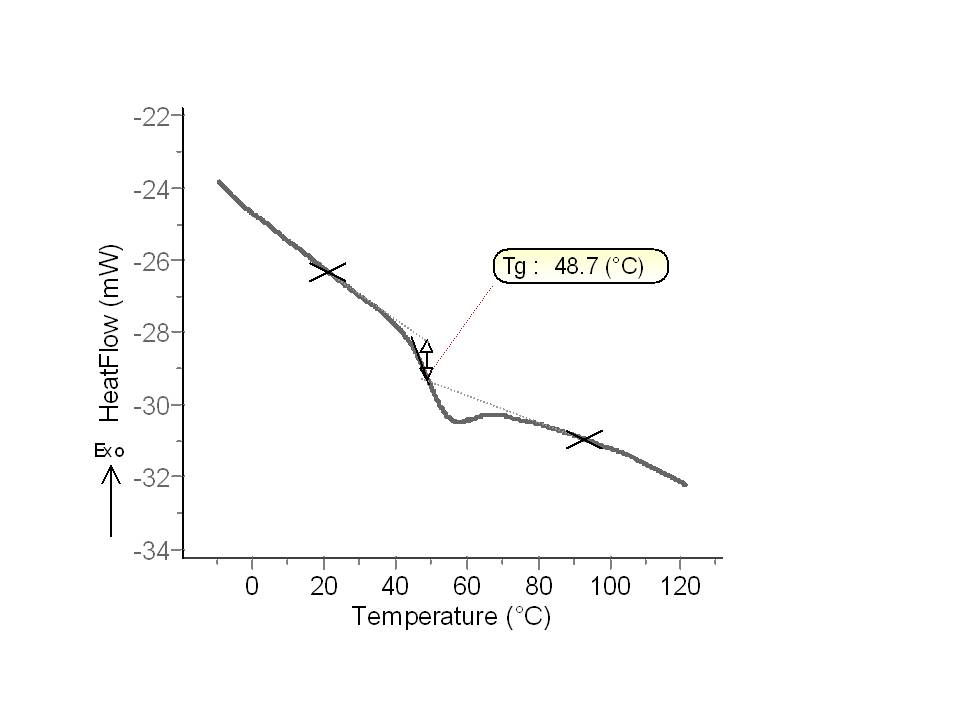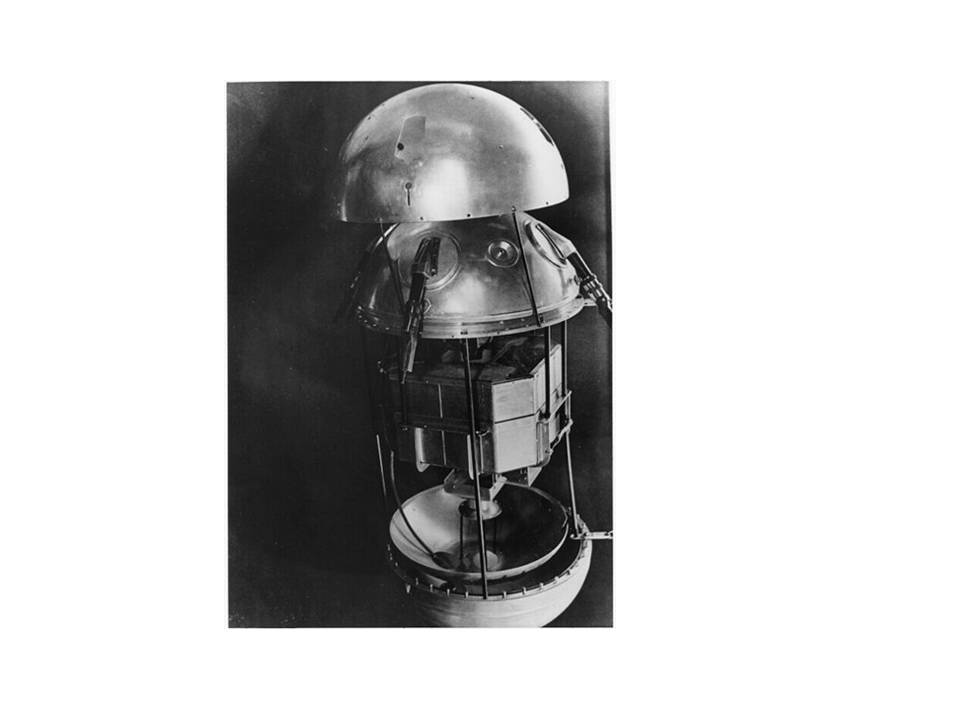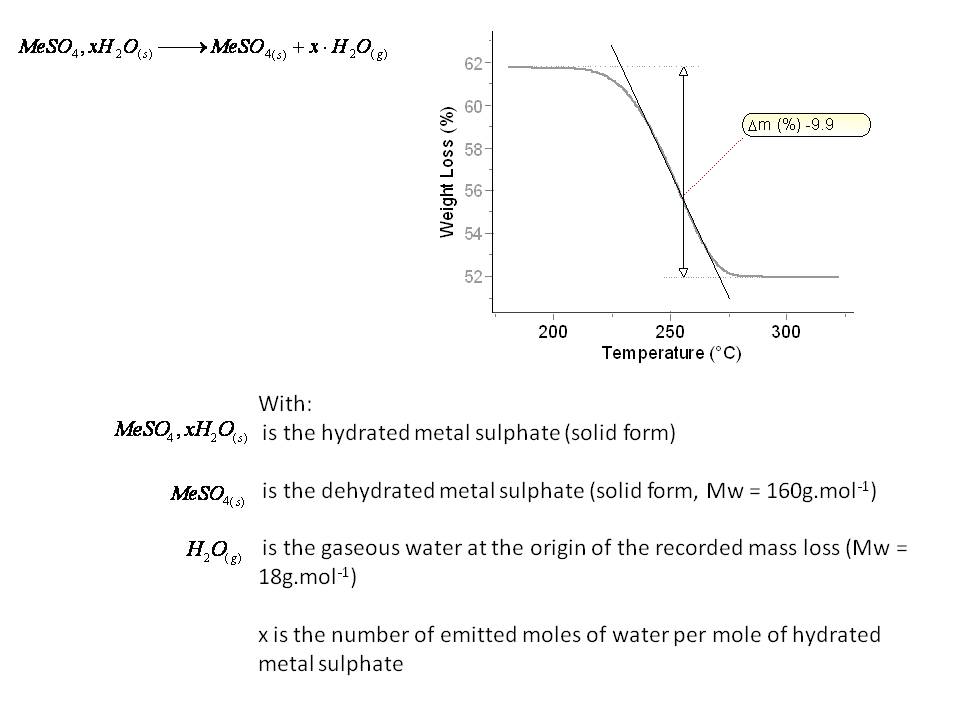How Well Do You Know Your Thermal Analyis & Calorimetry Facts?
-
What is represented on the following picture?
-
The first multi-function cooking robot ever invented
-
The first calorimeter ever invented
-
The first artificial earth satellite ever sent to space
-
Some dada artwork from early 20th century
-
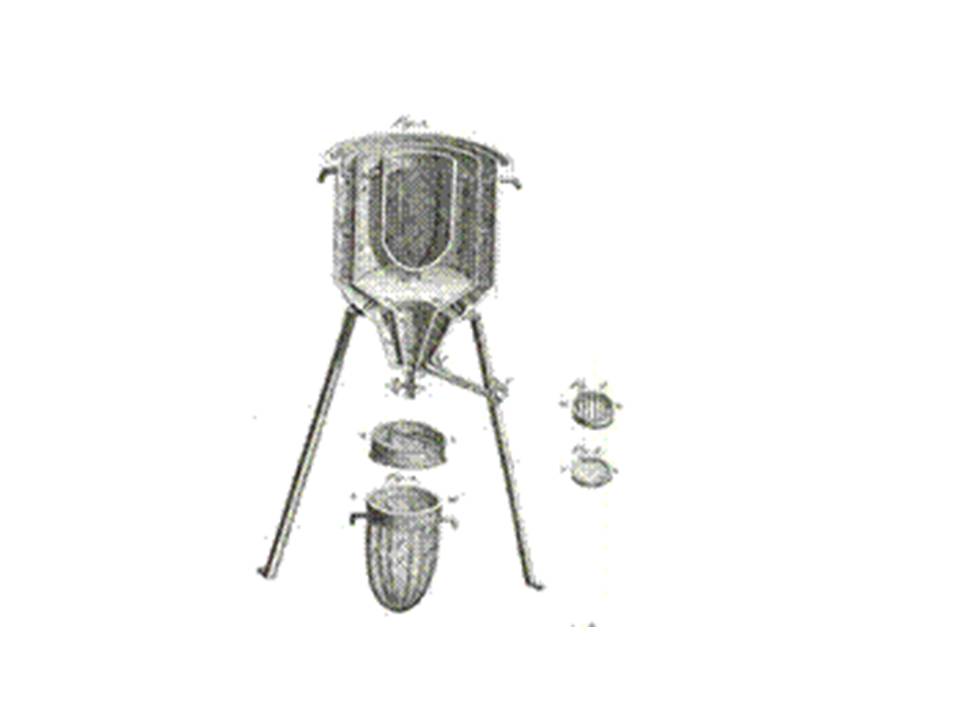
Welcome to our first Calorimetry and Thermal Analysis Quiz. We have designed this quiz just for some fun, and it contains some easy questions, some tough questions and of course some trick questions. There is no pass and fail rate, but we encourage you to have a go. . . . And to enjoy it. We will award a small prize after the quiz has run for a while. Because of the trick questions we do not expect anyone to get them all right. . . . Not by a long shot. However, you will be asked for your email address, and contact details. These WILL NOT be used for promotion, just to contact you with the results of the quiz (and the correct answers). We encourage you to submit your response - because as I said we are not expecting anyone to get them all right.
Have fun, and don’t forget to challenge your friends and colleagues. . . . .
Quiz Preview
- 2.
DSC section DSC means Differential Scanning Calorimetry. What is the advantage of a “differential” calorimeter?
-
It compensates from the heat effects linked with sample holders
-
It reduces the calorimetric signal background noise
-
It makes a big difference…
-
It improves the calorimeter furnace temperature control
Correct Answer
A. It compensates from the heat effects linked with sample holdersExplanation
A "differential" calorimeter is advantageous because it compensates for the heat effects that are linked with sample holders. This means that any heat effects caused by the sample holders themselves are accounted for and eliminated, allowing for more accurate measurements of the sample's heat properties.Rate this question:
-
- 3.
Who discovered the thermo electric effect that is applied in thermocouples, widely used in most of the existing thermoanalyzers?
-
Thomas Edison (1847 – 1931)
-
Thomas Johann Seebeck (1770 – 1831)
-
Albert Einstein (1879 – 1955)
-
André-Marie Ampère (1775-1836)
Correct Answer
A. Thomas Johann Seebeck (1770 – 1831)Explanation
Thomas Johann Seebeck is credited with discovering the thermo electric effect that is applied in thermocouples. Thermocouples are widely used in most thermoanalyzers.Rate this question:
-
- 4.
What is the meaning of the term “accuracy”?
-
Accuracy relates the agreement between the measured concentration and the « true » value
-
A quantity referring to the differences between the mean of a set of results or an individual result and the value which is accepted as the true or correct value for the quantity measured
-
The nearness of a result or the mean of a set of results to the true value
-
All of the above, they are definitions of accuracy from different sources
Correct Answer
A. All of the above, they are definitions of accuracy from different sourcesExplanation
The given answer is correct because it states that all of the options provided are definitions of accuracy from different sources. This suggests that accuracy can be understood as the agreement between the measured concentration and the true value, the differences between the mean of a set of results or an individual result and the accepted true or correct value, and the nearness of a result or the mean of a set of results to the true value. These definitions highlight the concept of accuracy in various contexts and perspectives.Rate this question:
-
- 5.
How did Antoine Lavoisier, co-inventor of the first experimental calorimeter, end his life?
-
He had a heart attack while “staying” at his mistress’s place
-
He died accidentally during the explosion of an uncontrolled combustion experimental set-up
-
He was branded a traitor by French Revolutionists and executed by Guillotine
-
He joined the French Revolutionists side and died during the Storming of the Bastille
Correct Answer
A. He was branded a traitor by French Revolutionists and executed by GuillotineExplanation
Antoine Lavoisier, co-inventor of the first experimental calorimeter, was branded a traitor by French Revolutionists and executed by Guillotine.Rate this question:
-
- 6.
What coupled technique would be the best fit to study the desorption of the following gases from a zeolithe?
- Carbon dioxide (C02)
- Ammonia (NH3)
- Nitrogen dioxide (N02)
- Nitrous oxide (N20)
-
TGA-DSC
-
TGA-MS
-
TGA-YMCA
-
TGA-FTIR
Correct Answer
A. TGA-MSExplanation
TGA-MS (Thermogravimetric Analysis-Mass Spectrometry) would be the best fit coupled technique to study the desorption of the given gases from a zeolite. TGA measures the weight loss of the sample as a function of temperature, while MS analyzes the mass and structure of the desorbed gases. This combination allows for the identification and quantification of the gases released during desorption, providing valuable information about their behavior and interaction with the zeolite.Rate this question:
- 7.
The DSC thermogram below corresponds to the heating of a cocoa butter sample under air after a first melting and consecutive fast cooling to -10°C. How to interpret the successive endothermic, exothermic, and endothermic peaks?
-
The tested sample contains impurities that melt, then form a solid solution in the main compound, which melts quickly afterwards
-
First cooling caused the formation of a metastable form that melts, immediately crystallizes into thermodynamically stable form, that quickly melts
-
During melting, cocoa butter is oxidized by air, leading to an exotherm. The thermogram is actually the sum of one endotherm and one exotherm
-
During melting, cocoa butter overflowed the crucible, and was spilled on the DSC sensor, leading to an odd signal
Correct Answer
A. First cooling caused the formation of a metastable form that melts, immediately crystallizes into thermodynamically stable form, that quickly meltsExplanation
The correct answer suggests that the successive endothermic, exothermic, and endothermic peaks in the DSC thermogram are a result of the first cooling causing the formation of a metastable form of the cocoa butter sample. This metastable form then quickly melts, crystallizes into a thermodynamically stable form, and quickly melts again. This interpretation explains the observed peaks and the sequence of events during the heating process.Rate this question:
-
- 8.
What is the particularity of these calorimeters?
-
The one on the right side supported the Dutch team at the 2010 FIFA Soccer World Cup in South Africa
-
The one on the left side grew old and had to be equipped with a wheeled walker
-
They survived from fire in a lab
-
They were designed after some dada artwork from early 20th century
Correct Answer
A. They survived from fire in a labExplanation
The particularity of these calorimeters is that they survived from a fire in a lab.Rate this question:
-
- 9.
Who developed the DSC technique?
-
E.S. Watson and M.J. O'Neill in 1960
-
A. Tian and E. Calvet in 1947
-
S. Thelma and G. Louise in 1991
-
G. Wolf and J. Lechner in 1985
Correct Answer
A. E.S. Watson and M.J. O'Neill in 1960Explanation
E.S. Watson and M.J. O'Neill developed the DSC technique in 1960.Rate this question:
-
- 10.
Thermal analysis techniques measure a parameter as a function of time and temperature. TGA measures sample weight, DSC measures heatflow … What does a Sievert’s instrument measure?
-
The radiations emitted by a sample
-
The sievertness of the sample
-
The volume of a sample
-
The pressure drop linked to gas sorption on a sample
Correct Answer
A. The radiations emitted by a sampleExplanation
A Sievert's instrument measures the radiations emitted by a sample.Rate this question:
-
- 11.
Among the calorimetry measurement principles that are represented below, which one corresponds to the Calvet principle?
-
A
-
B
-
C
-
D
Correct Answer
A. CExplanation
The Calvet principle corresponds to option C.Rate this question:
-
- 12.
What is the mistake in the following DSC protocol?
-
There is not enough hexane to record its critical point
-
There will be an overpressure due to hexane vapour pressure and it will explode
-
Hexane will react with oxygen from air, decompose, produce gases, and the crucible will explode
-
Nothing will happen with hexane on that temperature range, so this experiment is pointless
Correct Answer
A. There will be an overpressure due to hexane vapour pressure and it will explodeExplanation
The mistake in the given DSC protocol is that there will be an overpressure due to hexane vapor pressure, resulting in an explosion. This is a safety hazard as the high pressure can cause damage and harm.Rate this question:
-
- 13.
How could I improve the separation of the following three exothermic peaks?
-
By increasing the temperature scanning rate and increasing the sample mass
-
By decreasing the temperature scanning rate and increasing the sample mass
-
By increasing the temperature scanning rate and decreasing the sample mass
-
By decreasing the temperature scanning rate and decreasing the sample mass
Correct Answer
A. By decreasing the temperature scanning rate and decreasing the sample mass -
- 14.
TGA section Buoyancy effect A well known source of error in TGA is linked with buoyancy effect: when the temperature of the gas surrounding the sample changes, its density changes and the amplitude of the sample buoyancy force changes. As a consequence, the TGA system records a fake mass uptake (drift). What other effect, mainly observed at high temperatures, is also a source of TGA baseline drift ?
-
Change of viscosity of the gas
-
Change of thermal conductivity of the gas
-
Change of density of the sample
-
Climate change
Correct Answer
A. Change of viscosity of the gasExplanation
At high temperatures, the viscosity of the gas can change, which can cause TGA baseline drift. This is because the change in viscosity affects the flow of the gas, leading to variations in the heat transfer and mass transfer within the TGA system. As a result, the recorded mass uptake may be inaccurate due to this drift caused by the change in gas viscosity.Rate this question:
-
- 15.
Among the thermodynamic systems described below, which corresponds to the isoperibolic one?
-
TE is constant and TS is variable
-
TE = TS
-
TE is variable and TS is constant
-
TE = T0 + βmt + AT.sin (w.t)
Correct Answer
A. TE is constant and TS is variableExplanation
The isoperibolic thermodynamic system is characterized by a constant temperature of the surroundings (TE) and a variable temperature of the system (TS). In this system, the energy exchange between the system and the surroundings occurs at a constant temperature. This is different from the other options where either both TE and TS are constant, or both TE and TS are variable.Rate this question:
-
- 16.
General section The specific heat of water at 15°C is 4.18J.g-1.K-1. What is the specific heat of water at 15°C in Btu.pound-1.°F-1 ?
-
1 Btu.pound-1.°F-1
-
2.89 Btu.pound-1.°F-1
-
8.31 Btu.pound-1.°F-1
-
Who cares? Btu, pounds, and °F aren’t international system units!
Correct Answer
A. 1 Btu.pound-1.°F-1Explanation
The specific heat of water at 15°C is 4.18J.g-1.K-1. To convert this to Btu.pound-1.°F-1, we need to use conversion factors. 1J = 0.000947817 Btu, 1g = 0.00220462 pound, and 1K = 1.8°F. By multiplying these conversion factors with the given specific heat, we can find that the specific heat of water at 15°C is 1 Btu.pound-1.°F-1.Rate this question:
-
- 17.
There is a mistake in the following protocol. What will happen? The sample is heated to 1100°C under inert atmosphere, then is switched to air. Tempearature is kept at 1100°C during a 24 hours oxydation isotherm.
-
Platinum suspensions will oxidize at the same time than the SiC samples
-
SiC will never oxidize
-
Platinum will melt and the sample will fall at the bottom of the furnace
-
Silicium will form an eutectic with platinum, melt, and fall in the furnace bottom
Correct Answer
A. Silicium will form an eutectic with platinum, melt, and fall in the furnace bottomExplanation
When the sample is heated to 1100°C under an inert atmosphere and then switched to air, the presence of silicon (silicium) and platinum can lead to the formation of a eutectic mixture. This eutectic mixture will have a lower melting point than both silicon and platinum individually. As a result, the eutectic mixture will melt, causing the sample to fall to the bottom of the furnace.Rate this question:
-
- 18.
In the following glass transition determination thermogram, the signal deviates a lot, potentially leading to an error in the Tg determination. Approximately how much alumina should be placed in the reference crucible to shift the baseline to 0mW and thus improve the signal deviation? Heating rate: 10 K/min Heat capacity of alumina at 50°C: 0.83J.g-1.K-1
-
2 mg
-
10 mg
-
100 mg
-
200 mg
Correct Answer
A. 200 mgExplanation
The signal deviation in the thermogram can potentially lead to an error in determining the glass transition temperature (Tg). To improve the signal deviation, the baseline needs to be shifted to 0mW. This can be achieved by adding alumina to the reference crucible. The amount of alumina needed to shift the baseline to 0mW is approximately 200 mg.Rate this question:
-
- 19.
What is represented on the following picture?
-
The first multi-function cooking robot ever invented
-
The first calorimeter ever invented
-
The first artificial earth satellite ever sent to space
-
Some dada artwork from early 20th century
Correct Answer
A. The first multi-function cooking robot ever inventedExplanation
The picture represents the first multi-function cooking robot ever invented.Rate this question:
-
- 20.
How many water molecules per metal sulphate (MeSO4) molecule are lost by the sample in the tested temperature range? In other words, what is the value of x in the reaction below?
-
½
-
1
-
2
-
4
Correct Answer
A. ½Explanation
In the reaction, MeSO4 is a metal sulphate compound. The question asks how many water molecules are lost per MeSO4 molecule in the tested temperature range. The answer is ½, which means that for each MeSO4 molecule, only half of a water molecule is lost.Rate this question:
-
Quiz Review Timeline (Updated): Mar 20, 2023 +
Our quizzes are rigorously reviewed, monitored and continuously updated by our expert board to maintain accuracy, relevance, and timeliness.
-
Current Version
-
Mar 20, 2023Quiz Edited by
ProProfs Editorial Team -
Mar 23, 2011Quiz Created by
Setaram
Explore Energy Concepts: How Many Kilowatts? Quiz
Kilowatts are a fundamental unit of power used in various applications, from household appliances to industrial machinery. Understanding how kilowatts work and their role in...
Questions:
20 |
Attempts:
142 |
Last updated:
Feb 28, 2025
|
Understanding Phase Transitions: Critical Phenomena Quiz
Welcome to our Critical Phenomena Quiz! This quiz is designed to test your understanding of critical phenomena, an intriguing area of physics that explores phase transitions and...
Questions:
15 |
Attempts:
66 |
Last updated:
Feb 08, 2024
|
Physics Experiments MCQ Quiz Questions With Answers
Embark on a captivating journey through the world of physics experiments with our MCQ Quiz. Challenge your understanding of experimental physics as you encounter a diverse range...
Questions:
10 |
Attempts:
264 |
Last updated:
Jun 07, 2024
|
Quantum Computing Fundamentals Quiz
Welcome to the Quantum Computing Quiz, where you'll embark on an intellectual journey into the fascinating realm of quantum mechanics and computing. This quiz is designed to...
Questions:
10 |
Attempts:
1249 |
Last updated:
Dec 28, 2023
|
How Much Do You Know About Costing Electricity? A Physics Quiz
Set on a journey through the intricate landscape of energy economics with our engaging Costing Electricity Quiz. This quiz is designed to challenge your understanding of the...
Questions:
10 |
Attempts:
58 |
Last updated:
Dec 18, 2023
|
Gravity Check: Earth's Gravitational Acceleration Quiz
Plunge into the depths of gravity with 'Gravity Check: Earth's Gravitational Acceleration Quiz.' Brace yourself for a cosmic challenge that explores the intricate...
Questions:
10 |
Attempts:
29 |
Last updated:
Nov 30, 2023
|
 Back to top
Back to top



